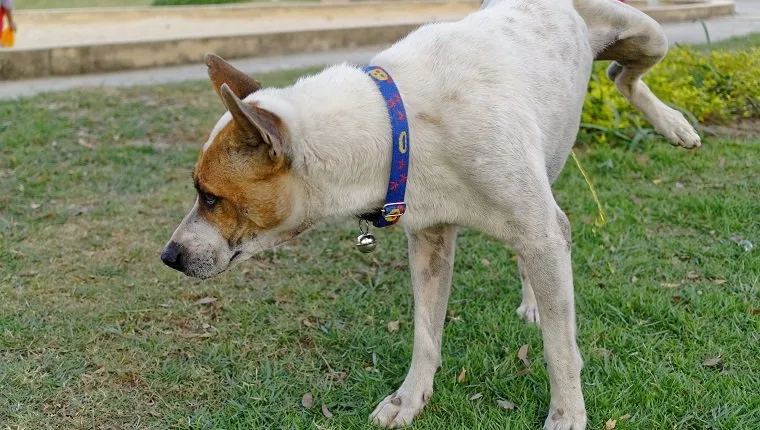Hypokalemia in dogs happens when levels of potassium in the blood are lower than usual. Potassium is important to cells in the body and the electrical signals that pass through those cells. Electrical charges run through the heart, as well as nerves and muscles throughout the body.
Low levels of potassium in dogs’ bodies have a strong impact on the cells, tissue, and eventually the organs, which means that it can be a life-threatening condition if it becomes severe and goes untreated.
If you see the signs of hypokalemia in your dog, then consult your veterinarian for a proper diagnosis and treatment. Here’s what you should know about the symptoms, causes, and treatments for hypokalemia in dogs.
Symptoms Of Hypokalemia In Dogs

Hypokalemia in dogs tends to affect three muscle groups the most; neurological muscles, cardiac muscles, and skeletal muscles. Some dogs don’t show symptoms at all, while others are severely affected.
The condition can be acute, meaning it appears suddenly with very strong symptoms, or it can also appear gradually and worsen with time.
If you see any of the following signs of hypokalemia in your dog, then get to your vet right away:
- Lethargy
- Vomiting
- Loss of appetite
- Weight loss
- Constipation
- Muscle pain
- Weakness
- Unusual gait
- Unwillingness to walk or move
- Difficulty breathing because of paralysis in respiratory muscles
- Increased thirst or urination
- Arrhythmia
- Curving head down to the chest
Causes Of Hypokalemia In Dogs

There are several conditions that can cause hypokalemia in dogs, but it’s most often due to a loss of potassium through the urine or feces. This can be the result of cancer, kidney disease, or other conditions.
Additionally, it may be caused by a failure to take in enough potassium due to anorexia or a lack of potassium in the diet.
Here are several other conditions that can also lead to hypokalemia in dogs:
- Diabetes
- Exposure to diuretics
- Dialysis treatment
- Metabolic disease
- Vomiting
- Exposure to certain antibiotics
- Intestinal blockage
- Exposure to insulin or glucose
- Stress
- Barium poisoning
- Exposure to xylitol
Treatments For Hypokalemia In Dogs

Treatment for severe hypokalemia in dogs involves intravenous potassium chloride injections to stabilize heart beat and correct paralysis of the respiratory muscles, which will allow dogs to breath more easily. Vets can also treat more moderate cases with oral supplements that raise potassium levels.
Once an affected dog is stable, the vet may prescribe potassium chloride supplements to avoid another drop in potassium levels. They may also prescribe dietary changes.
If the dog is also on glucose or insulin therapy, these may be stopped in favor of alternative treatment, as these forms of therapy make hypokalemia worse.
If the vet finds an underlying cause, then they’ll need to treat that, as well, to avoid relapse. For example, if the cause is exposure to medications, therapies, or other substances, those will likely need to be removed from the dog’s environment.
Dogs usually recover well so long as pet parents and vets treat them early and monitor them diligently.
Has your dog ever suffered from hypokalemia? How did you treat it? Let us know in the comments below!









